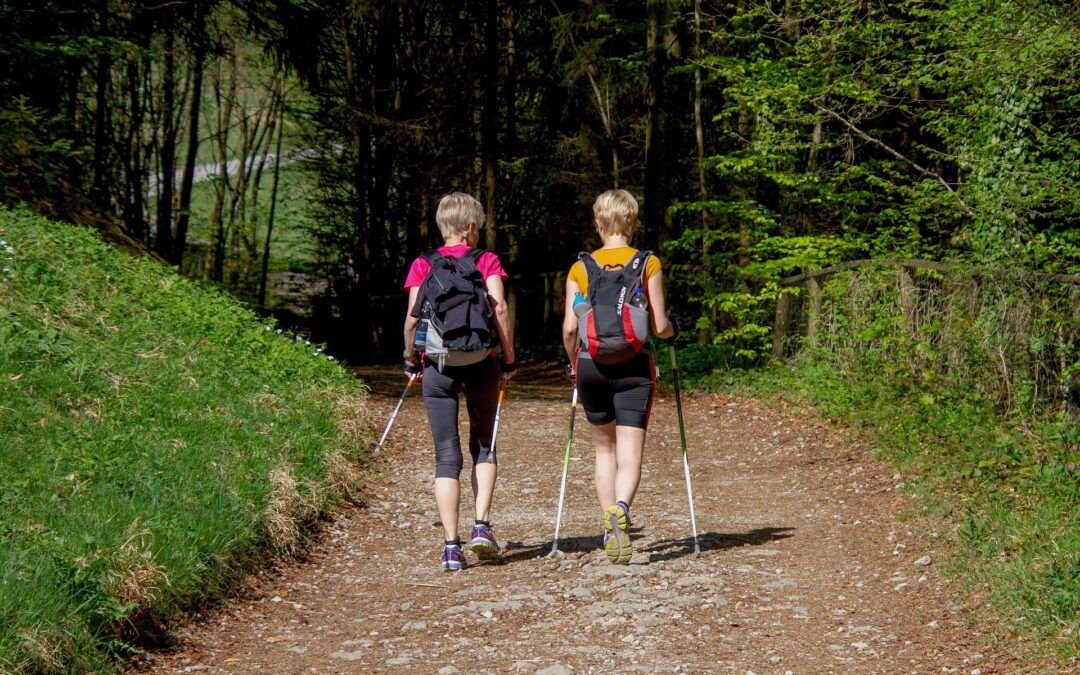IUCN – IOC guide to sport facility design to maximising opportunities for biodiversity conservation
One of the key benefits of outdoor sports in the background of the ecological transition relies on its large and powerful capacity to connect or re-connect people and nature, providing extensive opportunities for everyone to experience nature connectedness and sustainable human-nature interactions. This comes at the price of a responsible behaviours, having in mind that a significant part of the practice happen in particularly vulnarable environnements, The relationship between between outdoor sport, nature and biodiversity is closely intertwined.
Our online seminar, Bringing Nature Back to our #BeActive Lives made an opportunity to highlight this strong connection and the need of a very stong respect for the global and locla biodiversity challenges we are currently facing. The outdoor sports sector is becoming increasingly aware of the impact it causesn but more can done to become a strong change maker and champion the environnemental transition process.
“Sporting activities must benefit nature if we want to continue enjoying them, while striving to achieve our vision of ‘building a better world through sport”
IOC Director General Christophe De Kepper
The proportion of people living in urbanized areas in Europe is expected to rise above 80% by 2050 in line with UN World Urbanization Prospects. Significant threats unequally affect densely populated areas including mobility issues, inequality, social exclusion, resource scarcity and exposure to environmental problems. The Urban Agenda for the EU addresses problems facing cities including a number of priority themes as laid down in the Pact of Amsterdam ratified by urban-policy ministers from the EU member countries in May 2016.
This is why the International Union for Conservation of Nature (IUCN), in partnership with the International Olympic Committee (IOC), have recently released a guide on sport impact management, showcasing inspiring examples of how traditional sports can benefit nature in cities. This publication sets an interesting framework about how ports and urban biodiversity can benefit each others and lead to mutual benefits.
“Sports and urban nature both play essential roles in the wellbeing of city dwellers, contributing to a liveable urban environment. New sports infrastructure and events present unique opportunities to create space for biodiversity and strengthen the health and resilience of our cities. This guide provides an important tool for urban planners, developers and operators of sports venues to make the most of these opportunities.”
IUCN Director General Bruno Oberle
The guide has an exclusive focus on traditional sport, events and venues but it is still a very interesting an inspiring contribution to the sport sector in general and for the outdoor sports sector efforts to Mitigating negative impacts on biodiversity and Maximizing opportunities for biodiversity conservation.

